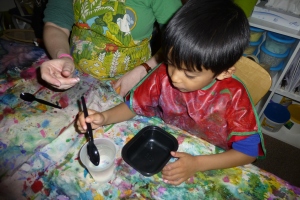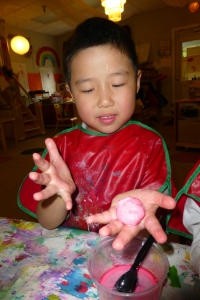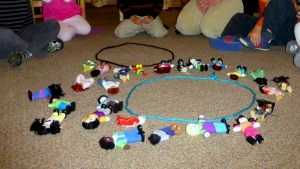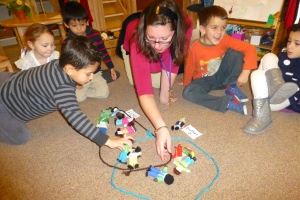We love some truly different games from Peaceable Kingdom Press. Our current favorite is Hoot Owl Hoot!

There are many games in my classroom that lead to a traditional winner and “non-winner”. Checkers, Uno Moo, Lako’s School Game and Candyland frequently grace our shelves. The children both enjoy these games and are frustrated by them. Playing games you can sometimes lose is a buffering experience that prepares you for larger, more life effecting losses later in life. In other words, it is good for your child to win sometimes and lose sometimes. Think of it as life practice.
However, occasionally, it is refreshing to put your heads together with your friends and plan a route to accomplishment together. In Peaceable Kingdom Press’s cooperative board games, players strategize together to complete a goal. In the game above, players are trying to get the owls into the nest before the sun rises. The more owls you choose to use, the more complicated the game becomes. Players play with their cards face up because they are trying to plan ahead and figure out which combinations will get the most owls home in a hurry.
It must be a hit. The game has been pulled into play everyday since we introduced it last week. It is amazing to witness the evolution from simple one move, one owl, one person playing to coordinated strategy planning.


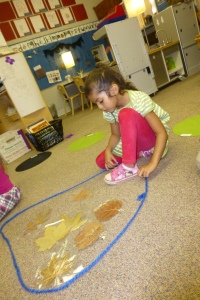


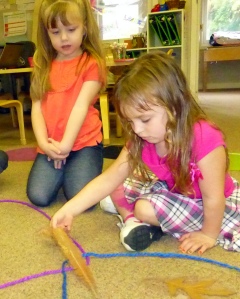





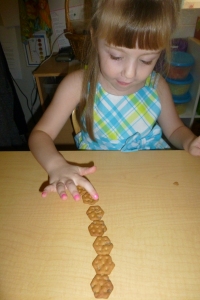
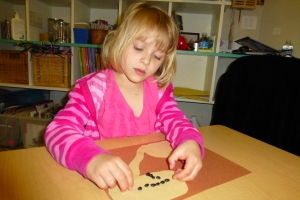 You might have noticed some oddly shaped “art projects” coming home this week. They seem to be shrunken boxing mitts or maybe another attempt at creating our own lungs. However, you are missing the main ingredient. Black beans.
You might have noticed some oddly shaped “art projects” coming home this week. They seem to be shrunken boxing mitts or maybe another attempt at creating our own lungs. However, you are missing the main ingredient. Black beans.